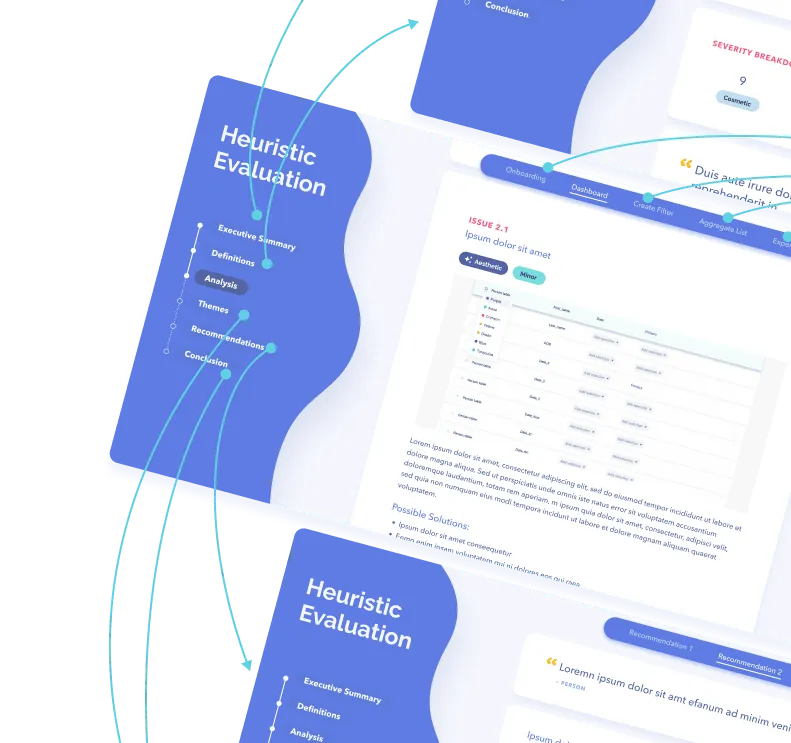
This article is part of a series that highlights some of the common challenges that arise in the workplace and affect employees’ experience. It follows the fictional (but reality-inspired) adventures of imaginary company Acme Co.
Acme Co is a company like many others. Its business revolves around software— specifically designing and developing a suite of digital tools for its busy customers. Like many organizations, it relies on the drive and smarts of many human beings and as such is prone to ups and downs. While a newer company, Acme has been profitable for a few years now and continues to grow year over year.
See the other Acme Co. mysteries →
Acme Co. has been on a roll the past few months; not only did they set up a more effective process for designing and developing new features thanks to their Product Manager, but they’ve also slowly been growing their number of projects and customers.
The CEO feels confident that the business will be growing steadily for the next few years. The HR team has onboarded a few new hires to help the various teams deal with the additional work, and the CEO has also asked the IT department to implement a new project and task management platform.

Everyone seems happy with the turn the company has taken and is on board with the new ways of doing things and the implementation of the new platform. It all seems to be plodding along splendidly, that is, until the quarterly review. Every quarter, the CEO asks teams to present the projects or new features they have been working on.
This quarter, the normally excellent Front-End team delivers a disaster. The work is not as far along as it should be, and parts of it are half-built, untested or buggy. The CEO is devastated. This important feature was due to be released soon, but there’s no way it will be deployed now.
Acme Co hires expert Employee UX agency Pencil & Paper to investigate. The P&P team dives into a discovery process to uncover what subtle snags might be bubbling up at Acme. They take the time to observe the teams and their ways of doing things, and ask essential questions to gather insights on what works and doesn’t work.
These were some of their discoveries:
At the end of their research and discovery period, Pencil & Paper sit down with the Acme leaders and tell them, we think we know what happened. Here is what they found out:
When Pencil & Paper spoke to the CEO and showed their gathered insights, the CEO sighed. There were several cracks and misses that had popped up in the last few months:
All these were symptoms of a more foundational problem. The Front-End team was still doing their work the best way they could, but the culprit was communication. There is no agreed-upon method of communication. Sometimes it’s real-time chat, sometimes the project management platform, sometimes meetings, sometimes emails!
The Acme Co. CEO speaks with Leadership, Managers and Team Leads and urges them to take the time to establish a strategy for managing project work, meetings and information internally with their teams. Each team works what’s best for them; whether it’s centralizing things in one channel, using specific channels for specific tasks and topics, etc. They also decide on how to relay important decisions and information to the rest of the company in the same way, so that departments are on the same page.
Spend your time and life force on capturing heuristics problems rather than endless visual fiddling. Meganne Ohata will guide you the whole way, so you can propel your work and become their most trusted advisor.

Do a mini UX audit on your table views & find your trouble spots with this free guide.

Be the first to know about our upcoming release!
.webp)

Receive an email when we publish a new article on design.
